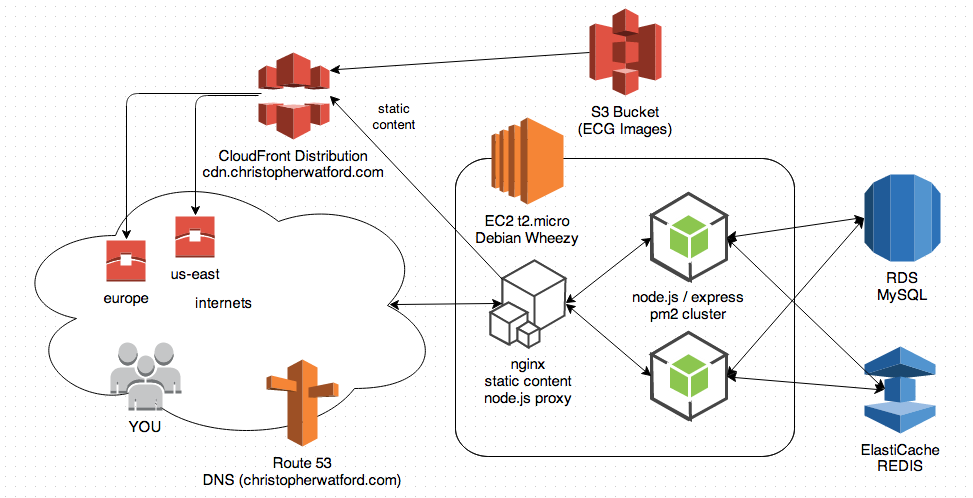gronch
Forum Probie
- 18
- 2
- 3
This test motivated me. Thank you.
Is it okay to pass this on to my nurse wife and her nurse friends?
Is it okay to pass this on to my nurse wife and her nurse friends?
Follow along with the video below to see how to install our site as a web app on your home screen.
Note: This feature may not be available in some browsers.
This test motivated me. Thank you.
Is it okay to pass this on to my nurse wife and her nurse friends?
So ischemia will show up in like....V1-V4 as opposed to just V1 and 2? If it just shows up in V1 and V2 I am looking for elevation in II, III, and aVF?
Good Lord, Christopher! There's not a straight forward ECG in that entire test. Each was was difficult, IMHO. I would not feel comfortable calling any of them a STEMI without clinical correlation. My accuracy: 83% with 2 false positives and 4 false negatives (I answered conservatively). You could see many of these STEMI-like ECGs with other diagnoses (e.g., sepsis, etc.). I think paramedics and physicians alike would have extreme difficulty with this test.
Tom
Due to its insane popularity, I've begun work on vNext of the assessment (sneak peek pics are here). The images have already been moved to a content delivery service, and I'm moving off Google Apps to an actual website with an actual database*.
If you included your email in the first go-around, I'm going to work on migrating your results to the new version. I haven't figured out exactly how to handle the account sign-up bit...but likely you'll get an invitation email with a magic link and stuff. Tentatively the site will allow Guests...but who knows!
The closed beta will include just the McCabe assessment, so you won't get a chance to bust your chops on any new ECG's.
Again, thank you for all of the support!
* for those interested: Amazon Web Services is hosting the server, an EC2 instance running Debian Wheezy. Site served via nginx, proxying dynamic requests to node.js+express.js 4, dynamic client side scripting with Jade templates and Knockout.js, CSS is via Twitter's Bootstrap. Data layer housed in a combination of REDIS and MySQL (Amazon ElastiCache and RDS respectively). Static content served via Amazon's CloudFront + S3.</nerdalert>
That is awesome dude
seriously cool stuff

Took this in class. There were definitely some challenging ones in there. Thanks
